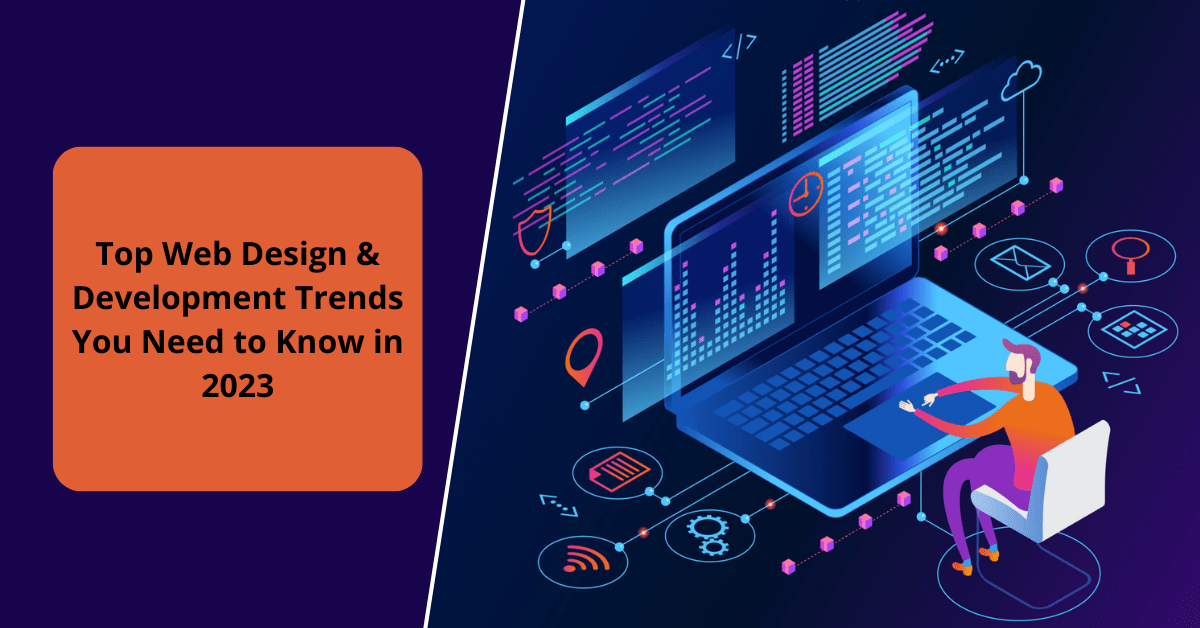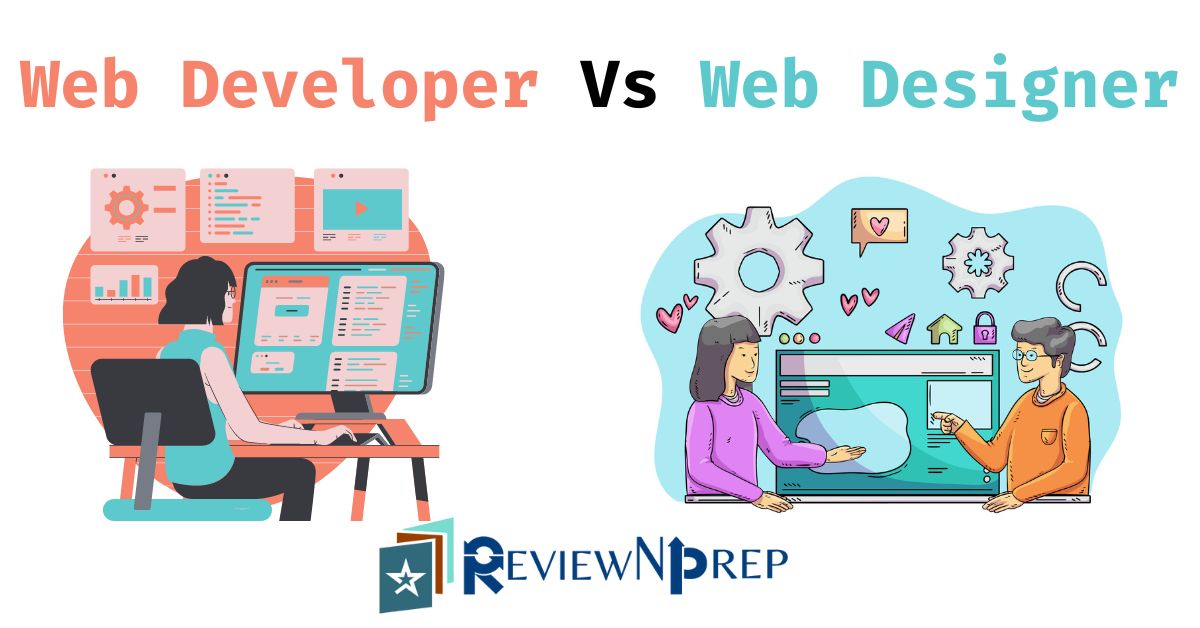Uncover how web design improves user experience and creates lasting engagement
Checking Out the Different Kinds Of Website Design and Their Special Benefits
The landscape of Web design encompasses a variety of designs, each offering distinct advantages that deal with various individual requirements. Level and minimal designs highlight clearness, while receptive and worldly styles improve adaptability throughout devices. Typography-driven and illustratory strategies aim to enhance interaction and emotional vibration. Recognizing these diverse types can considerably affect customer experience and brand name understanding. What exists under the surface of these design options?
Minimalist Website Design

Minimalist website design typically incorporates a restricted shade combination and simple typography, which not just improves visual appeals however also reinforces brand identification. The lowered intricacy can result in faster loading times, better boosting customer fulfillment. Furthermore, by minimizing aesthetic mess, individuals can involve with web content more successfully, leading to enhanced understanding and retention. On the whole, minimal Web design promotes a seamless customer experience, making it a preferred option for brands aiming to communicate quality and expertise in their on the internet existence.
Receptive Website Design
Receptive website design has become crucial in today's digital landscape, making certain mobile compatibility for customers throughout various devices. This approach substantially improves user experience by giving smooth navigation and accessibility, no matter screen dimension. As even more individuals access the Web on tablets and smart devices, the importance of receptive design remains to grow.

Mobile Compatibility Significance
As mobile tool usage remains to climb, making sure websites work with various display dimensions has actually come to be essential for reliable interaction and involvement. Mobile compatibility, often accomplished through responsive website design, permits websites to adjust seamlessly to mobile phones, tablets, and various other tools. This adaptability not only gets to a broader audience yet likewise enhances brand name trustworthiness. An internet site that works well on smart phones mirrors professionalism and reliability and focus to user needs. In addition, online search engine focus on mobile-friendly websites in their rankings, making compatibility a critical element for online presence. By spending in mobile compatibility, services can enhance their digital presence and cater to the growing number of users who access details on the move. Focusing on mobile-responsive design is essential in today's electronic landscape.
Improved User Experience

Apartment Layout
Flat style is a minimal approach to Web design that emphasizes simplicity and clarity. By eliminating three-dimensional components such as gradients, darkness, and textures, level design develops a visually enticing user interface that focuses on material and performance. This style advertises an user-friendly navigating experience, as individuals can promptly recognize crucial features and activities without distraction.
Among the key benefits of level layout is its responsiveness throughout numerous devices and display sizes. Its straightforward designs and tidy lines adapt seamlessly, making sure a consistent experience for customers on mobile, tablet, or desktop systems. Additionally, level design usually includes vibrant shades and typography, boosting visual effect and brand recognition.
The simplicity integral in flat design leads to much faster loading times, which adds positively to customer satisfaction. Generally, level design stays a preferred selection for modern Web development, lining up with contemporary visual choices while providing outstanding functionality
Product Layout
Product Layout represents a style language established by Google that concentrates on producing a natural and instinctive individual experience across electronic systems. This approach emphasizes the usage of grid-based layouts, receptive computer animations, and deepness impacts such as lights and shadows, which aid to produce a sense of hierarchy and spatial relationships. By resembling the real world, Product Style enables users to interact with digital interfaces in a more appealing and all-natural way.
One of the key advantages of Product Style is its adaptability across various tools and screen dimensions, guaranteeing a constant experience for users. In addition, it promotes a clear aesthetic language that improves functionality, making it simpler for individuals to navigate complicated applications. The unification of lively shades and vibrant typography additionally plays a vital function in attracting attention to essential aspects, consequently enhancing overall customer engagement - web development. Product Layout has actually become a popular choice amongst programmers looking for to produce visually enticing and functional sites.
Typography-Driven Layout
Typography-Driven Layout concentrates on the calculated usage of recommended you read type to improve the functional and visual facets of a web site. This layout approach prioritizes fonts, font dimensions, spacing, and power structure to create aesthetic passion and guide user experience. By very carefully picking typography, developers can share brand name identification and stimulate emotions, making the web content more obtainable and interesting.
Reliable typography improves readability and functionality, making certain that customers can easily navigate the site and absorb details. The right combination of kind can likewise establish a clear visual hierarchy, allowing customers to promptly recognize vital messages and phones call to activity.
Moreover, a typography-driven approach can be adjusted to numerous tools, guaranteeing consistency across platforms. This flexibility is important in today's multi-device landscape, where user experience is extremely important. Eventually, Typography-Driven Design offers not only as an imaginative option but also as a useful aspect that greatly impacts a web site's effectiveness.
Illustrative Website Design
Illustratory Web design employs aesthetic narration methods that can greatly improve customer involvement. By integrating distinct pictures, sites can develop a remarkable brand identification that reverberates with Learn More Here their target market. This technique not just astounds site visitors but also connects messages in an aesthetically compelling way.
Aesthetic Storytelling Techniques
A multitude of Web designers use visual narration techniques to produce immersive and engaging customer experiences. This strategy incorporates typography, images, and design to tell a story that reverberates with customers on a psychological level. By incorporating engaging visuals, developers can efficiently communicate messages and evoke sensations, assisting site visitors with a brand's journey. Infographics, animations, and interactive aspects offer to enhance narratives, making complex info a lot more easily accessible and remarkable. Furthermore, aesthetic storytelling can establish a natural brand name identity, as consistent images and styles enhance core worths and messages. Inevitably, this technique not only astounds customers yet likewise promotes a deeper link with the material, encouraging expedition and retention. Via knowledgeable application, aesthetic storytelling transforms basic Web experiences right into dynamic and significant communications.
Enhancing User Engagement
Efficient Web design considerably enhances customer interaction by leveraging illustratory aspects that draw focus and foster communication. Pictures can simplify intricate concepts, making them extra unforgettable and approachable for individuals. They damage the dullness of text-heavy web pages, producing visual breaks that welcome exploration. In enhancement, unique illustrations can evoke emotions, motivating customers to get in touch with the content on a much deeper degree. Interactive components, such as computer animations or float effects, can also improve involvement by inviting individuals to take part actively instead than passively taking in info. This technique not just maintains visitors on the site longer however additionally raises the chance of return visits. Inevitably, efficient illustrative Web design changes the user experience, making it a lot more impactful and enjoyable.
Branding With Picture
Aesthetic aspects play a considerable duty in shaping a brand's identity, and illustrations are a powerful device in this respect. Illustratory Web style enables brands to convey their one-of-a-kind individuality and values via custom art work. This technique cultivates a much deeper psychological link with the audience, improving memorability and involvement. By integrating illustrations, brands can differentiate themselves in a crowded market, creating an unique visual story that resonates with their target market. Additionally, images can make and streamline click for more complicated ideas material much more available, effectively communicating messages in an engaging way. On the whole, branding through picture not only enhances the user experience but likewise reinforces brand name recognition, making it a valuable method for organizations aiming to establish a solid on-line visibility.
Frequently Asked Concerns
How Do I Select the Right Website Design Kind for My Business?
To choose the ideal Web layout kind for a service, one ought to analyze objectives, target market, and market standards. Examining individual experience and performance will certainly direct the choice procedure for perfect interaction and efficiency.
What Tools Are Ideal for Developing Different Web Style Styles?
Popular devices for producing diverse website design styles include Adobe XD, Figma, Map Out, and WordPress. Each offers distinct features tailored to various layout needs, allowing designers to develop practical and aesthetically attractive sites effectively.
Just How Much Does Expert Website Design Normally Price?
Professional website design normally costs between $2,000 and $10,000, relying on intricacy, features, and developer know-how. Custom remedies and recurring maintenance might boost expenses, while themes can supply more affordable options for less complex jobs.
Can I Combine Multiple Web Layout Enters Efficiently?
Yes, incorporating numerous website design types can be efficient. By incorporating aspects from various designs, designers can create distinct, engaging user experiences that accommodate varied audiences while enhancing functionality and visual allure.
Just How Do Design Patterns Impact Individual Experience and Engagement?
Design fads considerably affect user experience and interaction by boosting visual charm, improving navigating, and cultivating psychological links - website design. Remaining upgraded with fads permits designers to produce instinctive user interfaces that resonate with users and urge prolonged communications
Flat and minimal designs emphasize clarity, while receptive and worldly designs improve versatility across tools. It might seem counterintuitive, minimal Web layout emphasizes simplicity to boost user experience. Responsive Web style plays a necessary duty in enhancing user experience by ensuring that a website adapts perfectly to different display dimensions and devices. Level design is a minimalist technique to Web layout that highlights simpleness and quality. Material Style stands for a layout language created by Google that concentrates on creating a user-friendly and cohesive customer experience throughout electronic platforms.